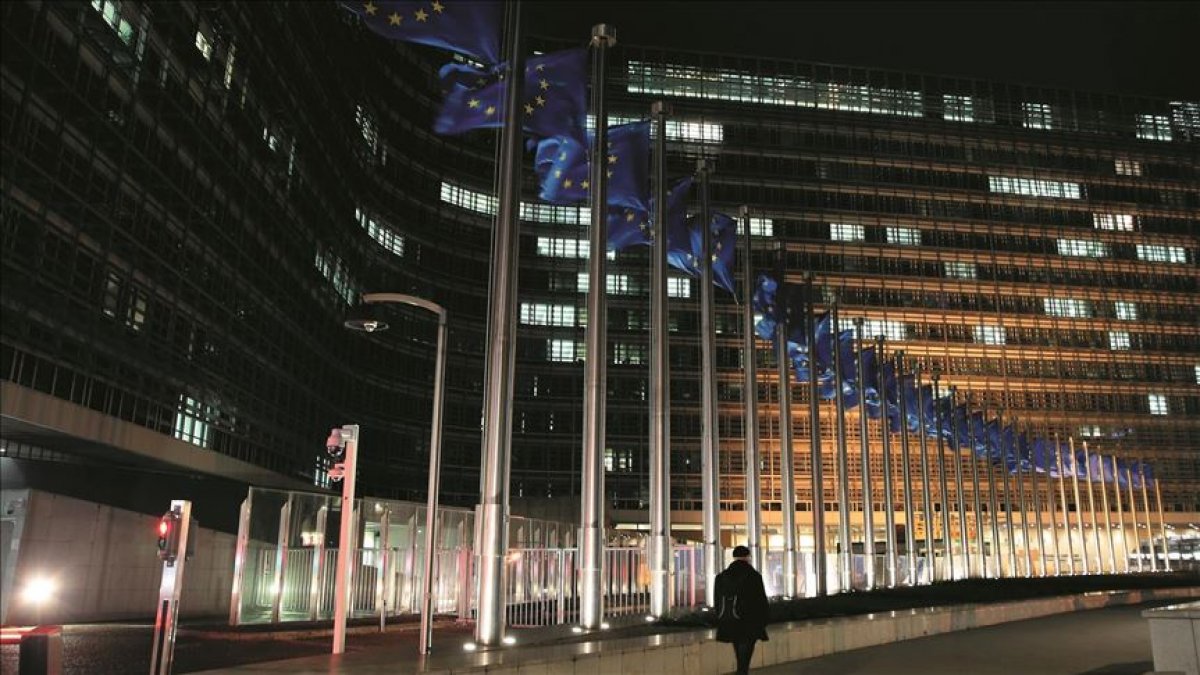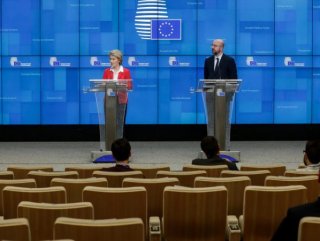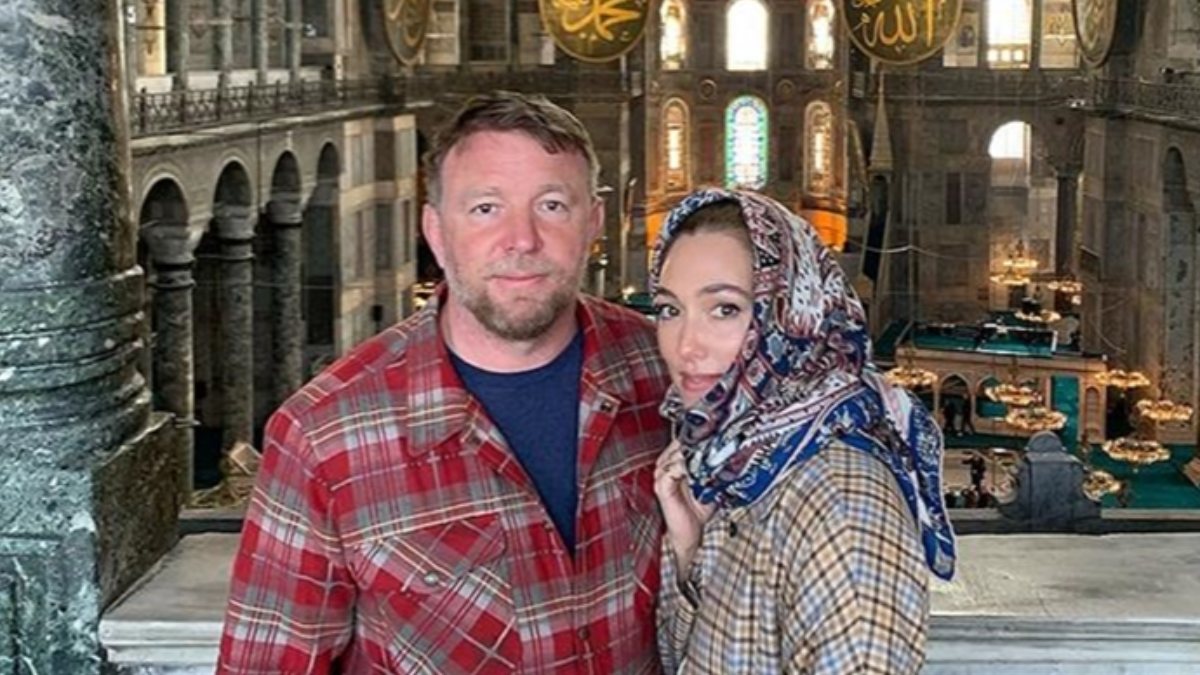Eurozone finance ministers agreed on a 540 billion-euro ($590 billion) coronavirus rescue package Thursday after nearly 20 hours of discussions.
The rescue plan has three pillars, Eurogroup President Mario Centeno said at a press conference after the ministers concluded their teleconference.
EU BANK WILL LEND 200 BILLION EUROS
The plan will help workers, businesses and member states’ healthcare systems, Centeno said. A €100 billion ($109 billion) short-term employment scheme is meant to prevent millions from losing their jobs.
The European Investment Bank will lend €200 billion ($218 billion) to European small- and medium enterprises.
Member states can also ask for credit of up to 2 percent of their GDP from the European Stability Mechanism (ESM), a bailout fund created after the 2008 economic crisis.
In total, up to €240 billion ($262 billion) in financing can be secured through the ESM.

The ESM loans can only finance healthcare, cure or prevention related costs. The procedure will be monitored by the European Commission.
The main division was between the southern states of Italy, Spain and France and the northwestern countries of Germany, the Netherlands, Austria and Finland.
While the Mediterranean countries were insisting on launching an EU-wide economic recovery program financed by Eurobonds, the other group was adamant on refusing common debt. Italy and Spain refused conditionality and sought more solidarity for economic recovery. The Mediterranean countries seem to have accepted conditionality after days of deadlock.













